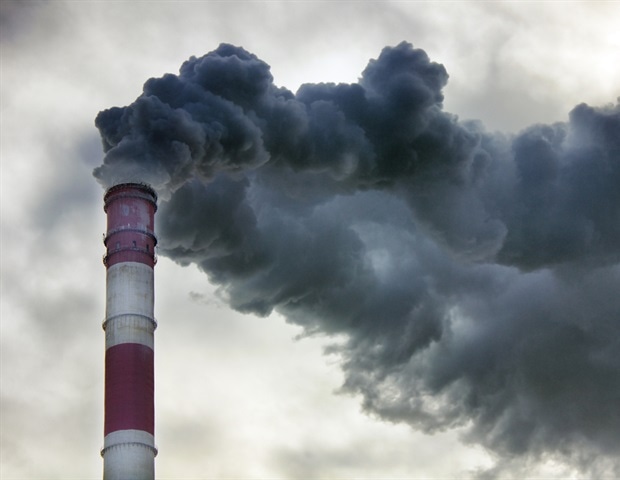I work in manufacturing and have had no choice but to be out and engaged with our sizable workforce for the big majority of the pandemic. Of course, travel and outsider (customer and supplier, executives from other company sites, etc.) contact has been severely limited for the majority of the time. My company has generally followed CDC guidelines but did not mandate vaccinations. We highly encouraged it including multiple on-site vax clinics. Restrictions have tightened and relaxed and tightened again as the waves washed over my area.
I have flown a couple of times because it was necessary - and wore KN95 masks when those were the best option (albeit difficult to get at the time + I thoroughly enjoyed the impressive case of contact dermatitis/rash I picked up around my ears from the masks’ mystery material ear loops) and N95 masks since they have become available again. Also, I, personally, have a number of high risk factors.
I have a couple of takeaways. For the big majority of us, people should take reasonable precautions that they can control - including actively supporting immune system health through nutrition, sound sleep and exercise habits, fitness and BMI management, staying home when they are ill and encouraging others to do same, and keeping up with the latest info available as data on and knowledge of COVID is increasing every week. Clearly, the severely at-risk should do everything possible to avoid exposure. None of the above is new, of course.
Specifically, the MEDCRAM masks on planes info reinforces to me that I should continue to wear an N95 when flying commercially. Protection from casual exposure to the COVID virus provided by a properly worn, certified, N95 mask is VERY, VERY STRONG. Generally, I do not wear masks of any kind unless required by a venue as the risk to me from fleeting contact is low and there are real risks to me from breathing through impossible-to-truly-keep-clean masks (I am severely asthmatic + I am violently allergic to various molds that might - or might not - enjoy the humid and dubiously ‘clean’ environment inside all-day-worn masks.) Also, constantly avoiding all possible germs is NOT supportive of good immune health.
Regarding Campbell’s discussion focusing on some of the growing data showing the virus has become endemic, I don’t know that it changes my general approach very much. The math suggests I have almost certainly been exposed to the virus, and very likely more than once. Dozens and dozens of people in my workplace have had symptomatic COVID, especially during the Delta and Omicron waves last fall and this winter. Further, my wife - to whom I was 100% certainly exposed at very close proximity, for hours, indoors - had antigen test and PCR test confirmed COVID in January. While her sample was not individually typed, her health care org indicated it was almost certainly Omicron. I did not get COVID, not even a sniffle, nor did our teenaged daughter who also was clearly exposed (but less than I was).
Regarding the bigger question that Campbell’s video begs - what changes now that it appears we have moved to endemic state? Look at how the landscape has changed since early 2020:
- We now have approx 60% of US population (going from memory), that probably some level of immunity from at least two doses of the “safe and effective” vaccines
- We now have 80% with some level of “natural immunity” (? this is a guesstimate for USA population extrapolated from Campbell’s UK data and US’ relatively lower vax uptake and higher cases per capita throughout most of the last two years)
- We now have easy access to N95 and KN95 masks
- We now have easy access to in-home antigen and to many locations with drive-through PCR tests
- We now have “safe and effective” antivirals specifically targeted to this virus
- We now have advanced treatment protocols with tens of millions of clinical usage data points - what “works,” what doesn’t, what are the limits and risks, etc. One example: dexamethasone or Decadron (brand name) was specifically avoided early on but later proved to be quite “useful”
- CDC guidelines (county by county maps across the US) abruptly changed severity definitions approx March 1, indicating a change in strategy toward endemic management from the containment approach that dominated efforts the prior 24 months
My opinion: We need to move away from mandates that were installed when none of the above was true. Our public health relies on a holistic approach, we need to return to a more rational approach to drive overall health - including mental health - and not be so singularly focused on COVID moving forward.
Note: items in quotation marks above are highlighted to acknowledge possibly controversial nature that seem to drive arguments, not agreeing nor disagreeing with those statements





